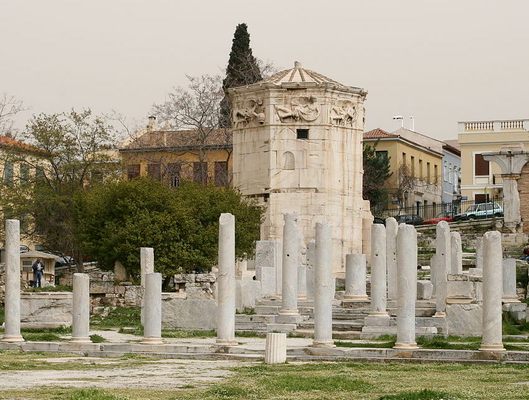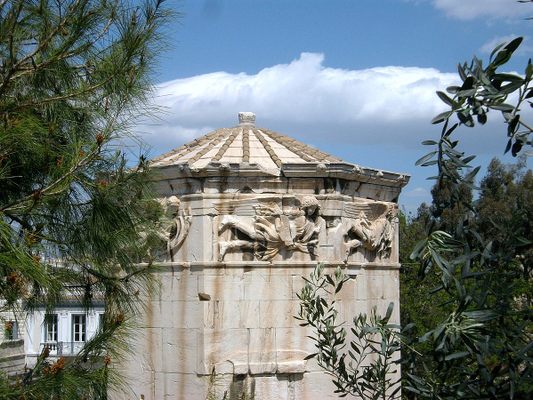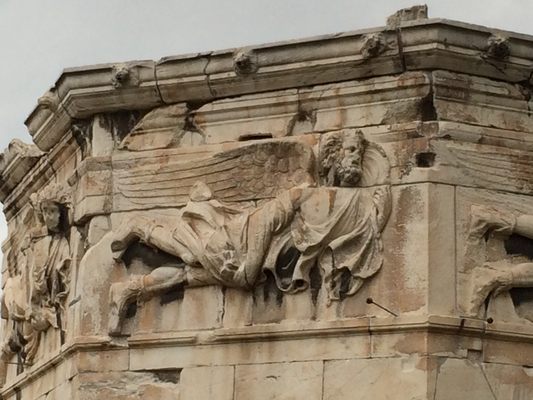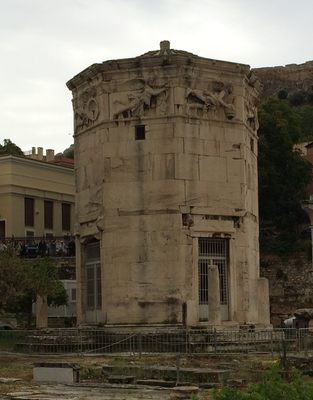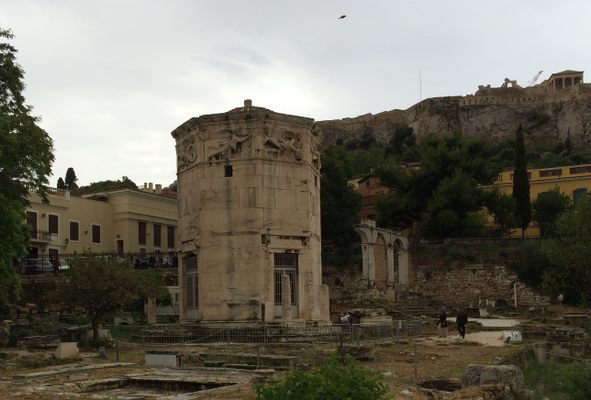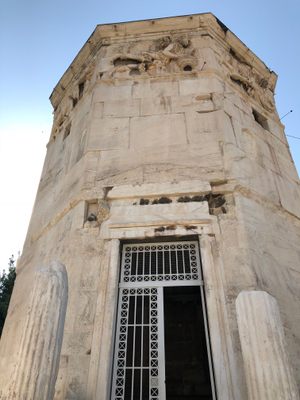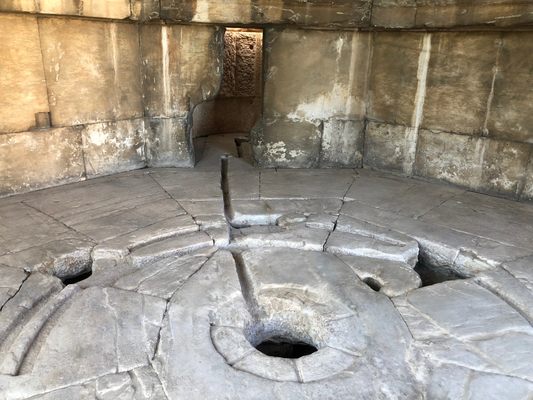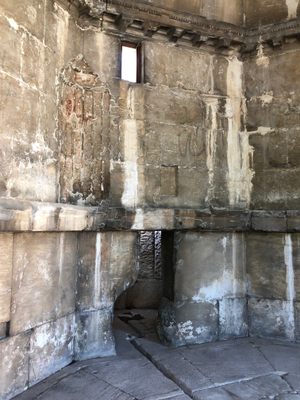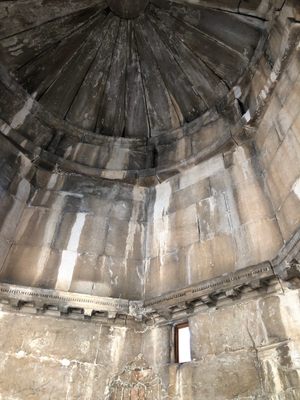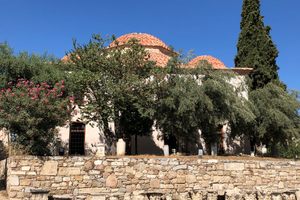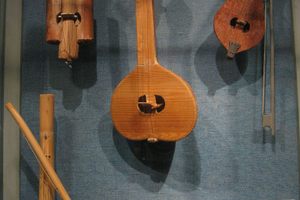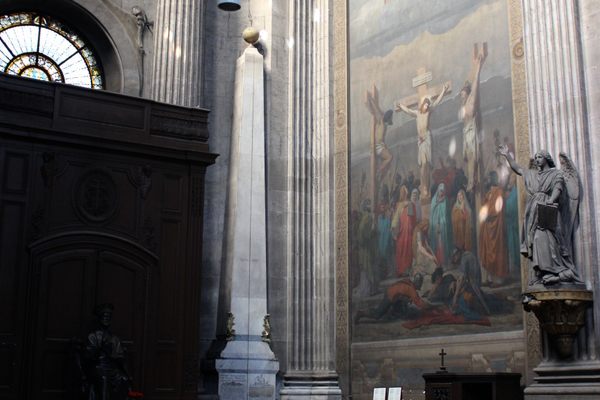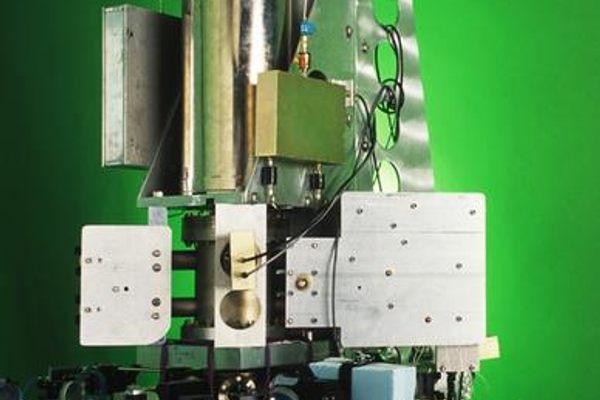About
Most archaeological sites in Athens are old temples, but this ancient structure had a scientific purpose. When it was constructed at the end of the 2nd century BCE, the Tower of the Winds included sundials, a clepsydra (water clock), and a weather vane, effectively making it the first meteorological station in the world.
The octagonal structure was made almost entirely out of Pentelic marble, the same kind used for the Parthenon, which is rare to find in any structures other than temples. Built to measure time, it is also known as a horologion, meaning timepiece.
Each of its eight sides faces a point on the compass, and features a frieze depicting each of the eight ancient Greek wind gods, giving the tower its name. They are: Boreas (north), Kaikias (northeast), Eurus (east), Apeliotes (southeast), Notus (south), Lips (southwest), Zephyrus (west), and Skiron (northwest).
Beneath the friezes are eight vertical sundials where the shadow was cast on hour lines that, while faint, are still visible today. The building was originally topped with a bronze weather vane depicting the Greek Messenger of the Sea Triton, his hand pointing in the direction from which the wind was blowing.
The interior of the structure contained a complicated internal clepsydra, or water clock, which was driven by water flowing down from a large well under the Acropolis. This was essential for use on cloudy days or at night when the sundials were ineffective.
In early Christian times the structure was converted to a church, and the space outside to the northeast was used as a cemetery. During the Ottoman period, it was used as a place of worship by Sufi Muslim Whirling Dervishes. The Dervishes left after the Greek victory on the War of Independence, and afterward the building deteriorated until a restoration project between 1837 and 1845, when it was discovered that half the structure became covered with the earth and debris that had accumulated over the centuries, and half of it was underground.
Modern restorations have salvaged the ancient scientific structure, which is located in the Roman Agora between the Plaka and Monastaraki neighborhoods of Athens.
Related Tags
Community Contributors
Added By
Published
July 23, 2018


